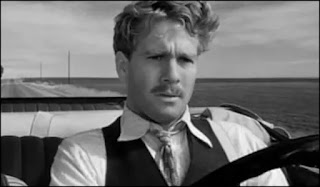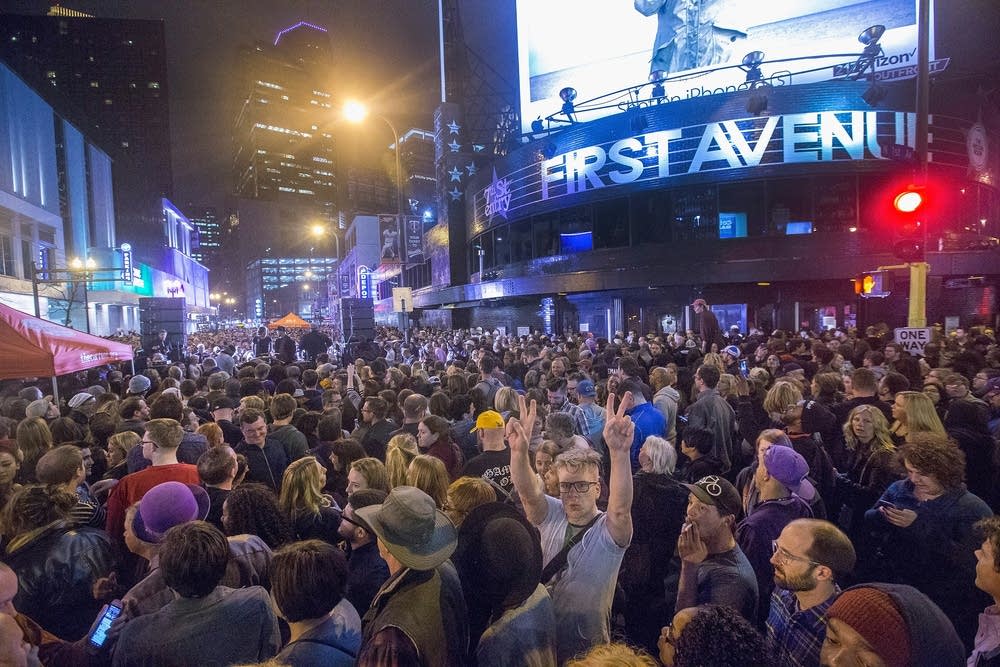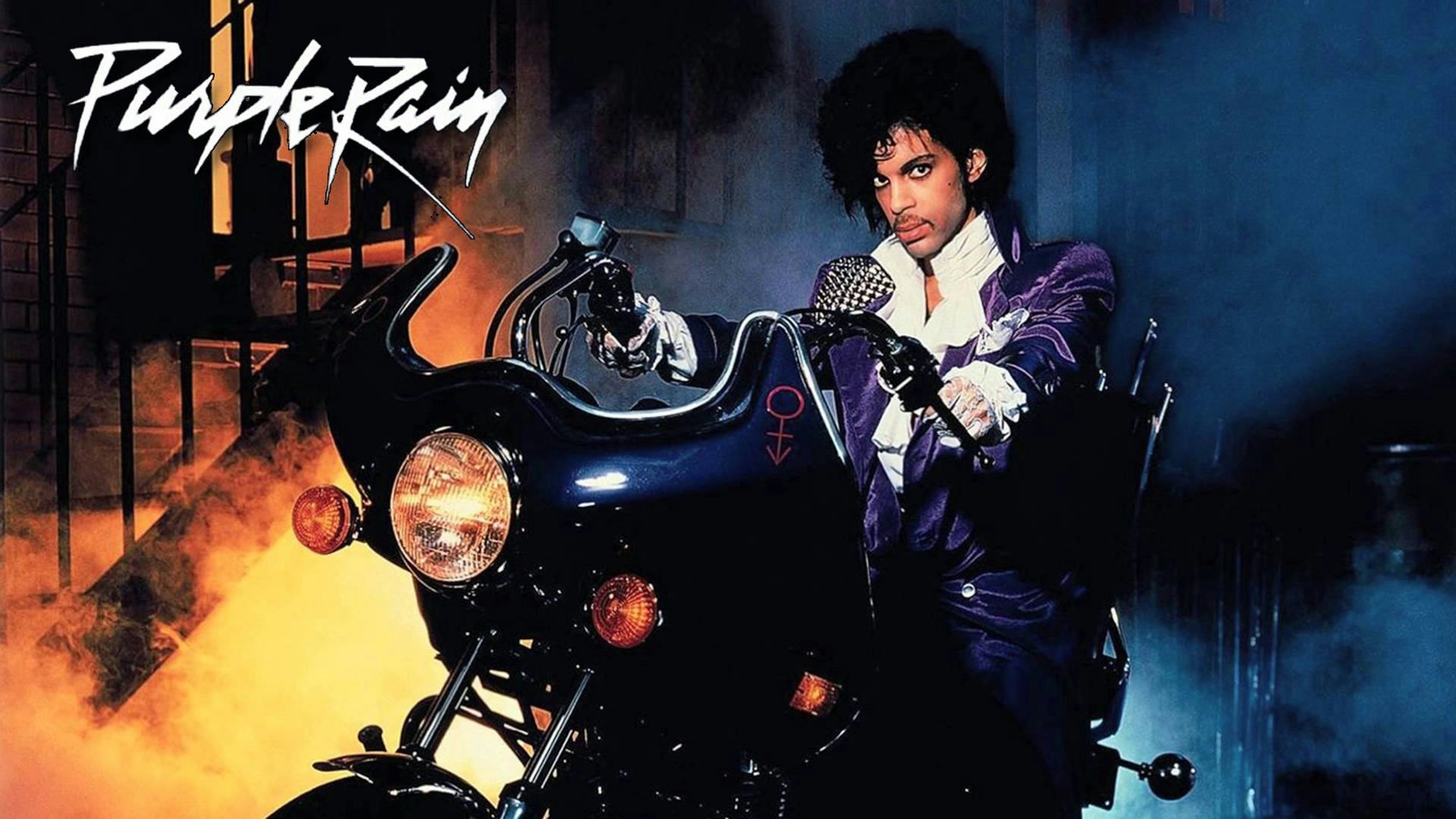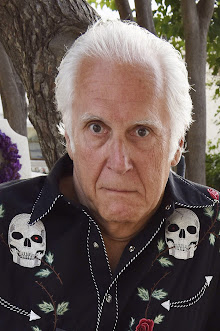Wendall - every other Thursday
Ryan O’Neal passed away last week. This hit me particularly hard. Although many fell for him in Love Story, my crush, as an adolescent, came with his comic turns in in What’s Up Doc? and Paper Moon. I loved his character, Howard Bannister, so much, that I had Cyd Redondo name a Tasmanian Tiger after him in Drowned Under.
 |
| As Howard Bannister in What's Up Doc? |
 |
| As Moses in Paper Moon |
Norman Lear, another comic mastermind, whose sitcoms informed my youth, and who was articulate and hilarious to the end, passed away as well. As I approach a significant birthday during the holiday period, I’ve been thinking about what it means when your teenage crushes and early creative influences age and especially when they leave without you.
 |
| The groundbreaking Norman Lear |
Everyone’s “growing up” crushes are different, although I don’t think I was the only one obsessed with Davy Jones in second grade. The Monkees, and their show, were so much a part of my elementary school years and my introduction to pop music, that it’s hard to comprehend that only Mickey Dolenz is still around.
%20front%20back%20album%20covers%20download.jpg) | |
| Hey Hey We're the Monkees... |
Other early crushes included Romeo and Juliet’s Leonard Whiting, The Goodbye Girl’s Richard Dreyfuss, Rob Grill of the Grassroots, and of course, Butch Cassidy and the Sundance Kid.
 |
| My first "Romeo." |
 |
| Who could resist "Midnight Confessions"? |
 |
| Sigh. |
Especially because I share a hometown with James Taylor, he’s always been an idol and happily, more than 50 years later, like Jackson Browne, he’s still recording and performing.
 | |
| Think I wore through three of these. |
As we age, part of us wants to keep our early idols frozen in time. Immortal. Exactly the way we remember them. Mainly, perhaps, because it helps us stay in touch with the innocent, giddy part of ourselves that had those crushes so long ago. So, when we see them aging like we are, see them as human, it has a strange, disorienting effect, not to mention giving us a reminder of our own mortality.
 |
| JT in 2020. |
So many of the writing influences and idols who were bigger than life in my younger years have passed on—Sam Shepherd, John Fowles, Walker Percy, Susan Sontag. They’ve joined Henry James, Jane Austen, Edith Wharton, and Dickens in the pantheon. And so they are frozen, in a way, and I still have all their work to revisit and fall in love with all over again.
 |
| John Fowles portrait by Tomas Watson |
Of course, famous actors, musicians, and painters will always live on in their music, in their movies, in museums, in the images of them that we can all still find online. That doesn’t keep me from feeling the planet is too empty without Prince. Or Mary Travers. Or Billy Wilder.
 |
| Still leaving a hole in the world. |
But I think maybe we should remember the gift it is to see the ones we admired in our youth who are still around, still writing, still singing, still acting, still living, despite physical challenges and everything else that comes with our later years--to see what a whole, long life well-lived can be.
So here’s to Joni Mitchell, Helen Mirren, Anne Tyler, David Hockney, Sally Field, Stevie Wonder, Linda Ronstadt, Robert Redford, Bonnie Raitt, Margaret Atwood, and all the other artists who are still creating and paving our way, letting us know it’s never too late for us to write/paint/dance/sing.
 |
| Joni Mitchell, performing this year. |
Tonight, I’m rewatching What’s Up Doc?, delighting in Ryan O’Neal’s crush-worthy performance, admiring the late Buck Henry’s hilarious script, and being thankful that Barbra Streisand still has the stamina to write a 1000 page memoir. . .
 |
| "You can't fight a tidal wave." |
-- Wendall
Wendall's newest Cyd Redondo mystery, Cheap Trills, is now available here:
You can hear her on NPR's "Dog Talk" podcast here on Apple here: https://bit.ly/3GuBT7b and on Spotify here: https://bit.ly/41as0Fo






















